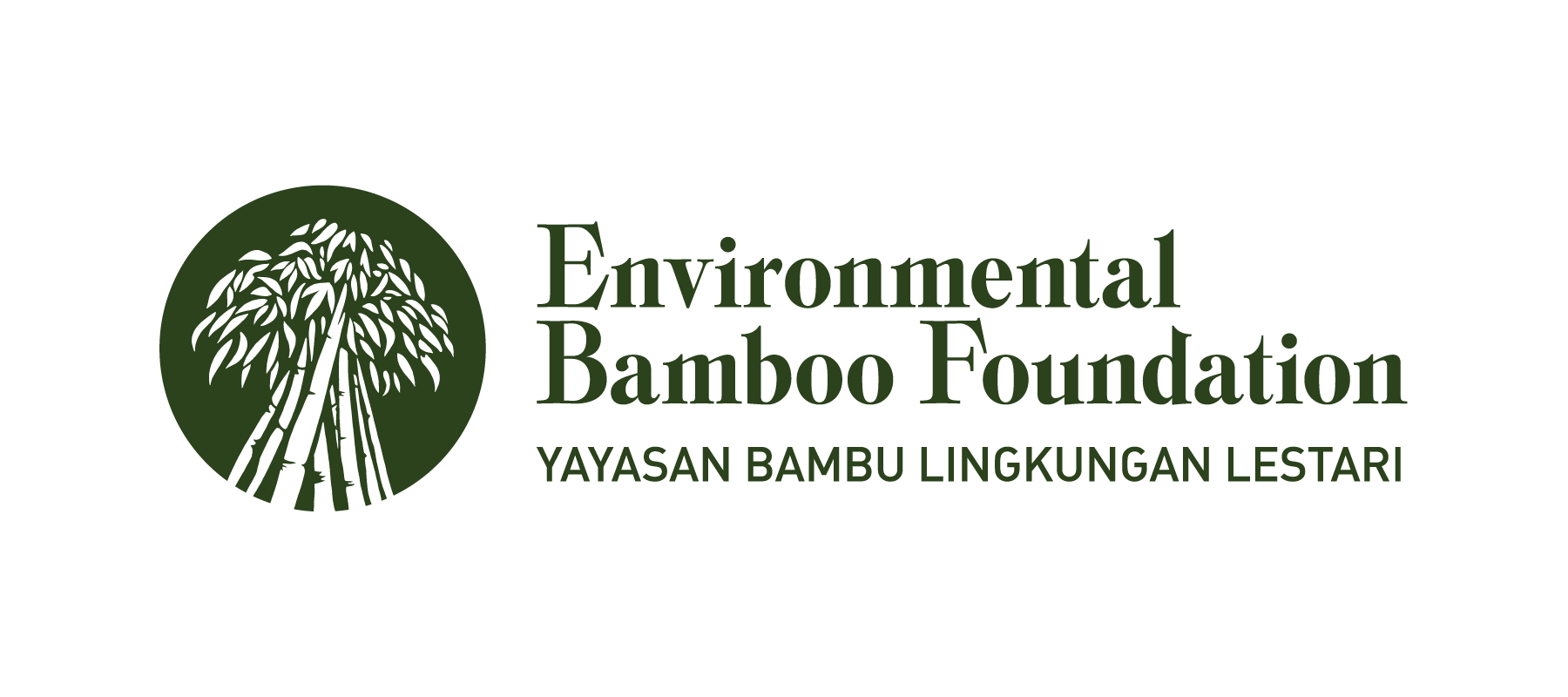The high demand of medicinal plants with limited agricultural land availability can be solved by the utilization of land
under forest canopy through applying agroforestry. This study aims to assess the effect of different varieties of ginger
and different shading intensities of pine (Pinus merkusii) on the productivity and quality of ginger. The design used was
a split plot design consisting of 3 replicates with an area of 100 m2 for each plot and with spacing of 50 x 50 cm. The
main plot is the light intensity treatments, i.e. 50-58% (age class II), 68-77% (age class I) and 87-92% (poor
increment), whereas the sub plot is the varieties of ginger i.e.: small white ginger (emprit), large white ginger (gajah)
and red ginger. Results showed that the light intensity does not significantly affect the percentage of growth, moisture
content, volatile oil, fiber, starch and ash. Varieties of ginger significantly affect the percentage of growth, height
growth and weight of rhizome, but do not significantly affect the moisture content, volatile oil, fiber, starch and ash .
The average yield of each variety of ginger is 5.54 tons/ha, 8.38 tons/ha and 6.7 ton /ha for small white ginger, large
white ginger and red ginger, respectively. Agroforestry of ginger plant under pine stand can be done to improve land
productivity, especially in poor stand increment.
